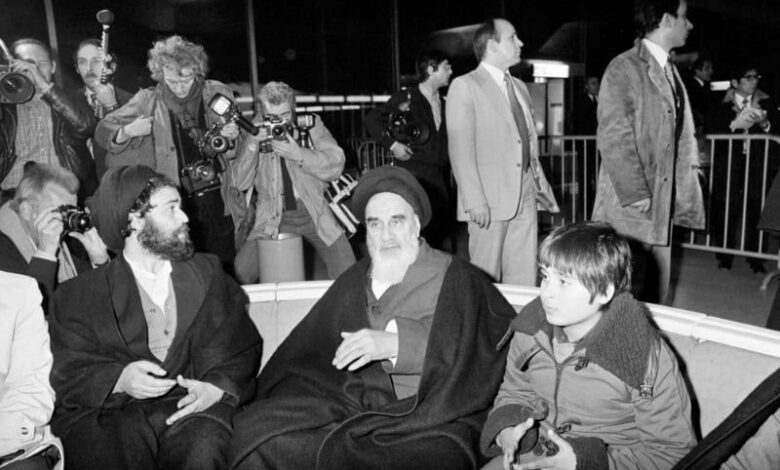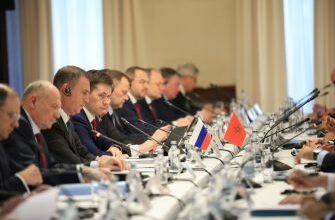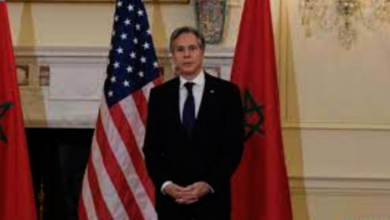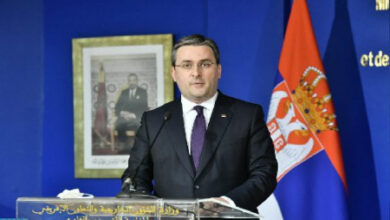When Algeria Tried to Encircle Morocco Diplomatically and Militarily Through Tehran
When Algeria Tried to Encircle Morocco Diplomatically and Militarily Through Tehran

By ALDAR / Analysis
In the early years of the armed conflict in the Moroccan Sahara, the Kingdom found itself facing a complex and multi-layered alliance. The battle was not limited to the military front; it extended deep into the corridors of international diplomacy. Algeria worked relentlessly to isolate Morocco and block the flow of military support to it, using various tools and international alliances — most notably its alliance with Khomeini’s Iran.
In 1979, following the Islamic Revolution in Iran and the fall of the Shah — Morocco’s traditional ally — Algeria wasted no time in reaching out to the new regime led by Ayatollah Khomeini. It was one of the first Arab countries to express support for the emerging revolutionary government. This was not just a passing political gesture; it became a strategic entry point for Algeria to use Iran as a card in the broader game of regional power balances.
While the administration of U.S. President Jimmy Carter was struggling to secure the release of dozens of American hostages held at the U.S. Embassy in Tehran, Algeria stepped in with a proposal to mediate. This initiative eventually led to the signing of the “Algiers Accords” in 1981, during the Reagan administration, bringing an end to the diplomatic crisis after 444 days of captivity.
However, behind the scenes of this mediation, Algeria was reportedly weaving a different web. According to multiple diplomatic testimonies and analyses, Algeria allegedly conditioned its mediation efforts on the imposition of a U.S. arms embargo on Morocco — which at the time was engaged in a fierce war against the Polisario Front, backed heavily by Algeria.
During this critical phase, Morocco faced dire battlefield challenges, as its opponents received massive support from the so-called “anti-imperialist revolutionary” axis led by Algeria, and joined by allies like Gaddafi’s Libya, Assad’s Syria, Cuba, and North Korea. This alliance provided the Polisario with an unprecedented military arsenal, while Morocco struggled to adequately equip its national army.
The consequences were tragic. Thousands of Moroccan soldiers lost their lives, and many others were taken prisoner. Those captured endured decades of horrific abuses in the Tindouf camps in southern Algeria. The suffering of these Moroccan POWs dragged on for years, largely ignored by the international community — until a unique humanitarian breakthrough took place.
In 2005, after complex diplomatic efforts and a decisive initiative led by the late U.S. Senator John McCain — who was personally moved by the plight of the Moroccan prisoners due to his own experience as a prisoner of war — the last group of Moroccan soldiers was released, ending one of the longest military detentions in modern history.
Through this long and complicated process, Morocco eventually managed to shift the balance of the conflict. Beginning in the mid-1980s, following a strategic rapprochement between Rabat and the Reagan administration, defense ties with the U.S. were restored, and the unofficial arms embargo was lifted. Morocco then implemented a well-planned military strategy, most notably the construction of the “sand security wall,” which enabled the Kingdom to secure its southern territories and halt Polisario’s military incursions.
This historical trajectory clearly reveals that what appeared at the time to be a humanitarian mediation by Algeria was, in reality, part of a broader strategy to destabilize Morocco and undermine its territorial integrity through indirect warfare and clever exploitation of regional and international alliances.
From Morocco’s perspective, the Tehran hostage crisis was not just an isolated international incident. It represented a chapter in the broader struggle over the Sahara, where all possible means were used to hinder the Kingdom’s progress — from diplomatic maneuvering to proxy warfare.





